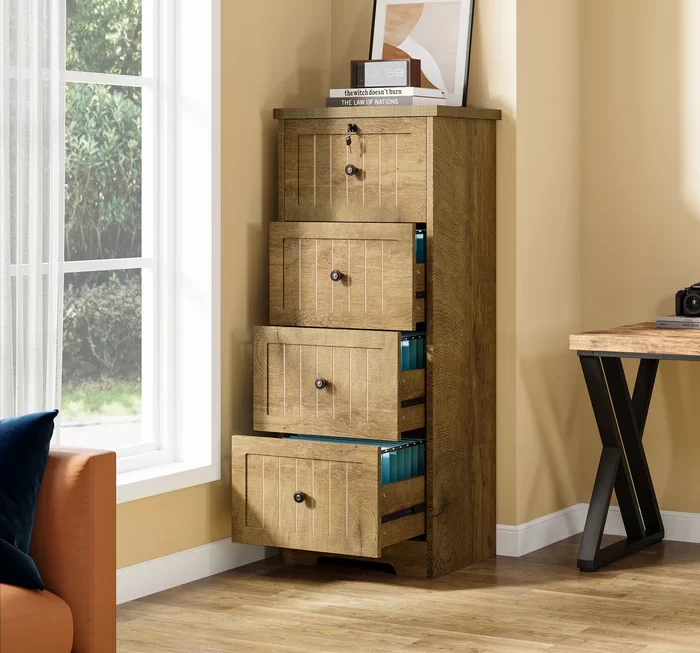 Introduction:
Introduction:
A good office chair with proper back support is crucial for maintaining a healthy and comfortable working environment. Many individuals spend long hours sitting at their desks, which can lead to back pain, discomfort, and poor posture. In this comprehensive guide, we will explore the best office chairs with back support. From ergonomic features to lumbar support and adjustability, we will delve into the factors that contribute to a chair’s ability to provide optimal back support. By understanding these considerations, you can choose the best office chair that promotes good posture and overall well-being.
Importance of Back Support:
Maintaining Spinal Alignment:
Proper back support helps maintain the natural curvature of the spine, reducing strain and promoting good posture.
It aligns the spine, shoulders, and hips, preventing slouching or rounding of the back.
Reducing Back Pain and Discomfort:
A chair with adequate back support minimizes the risk of back pain and discomfort caused by prolonged sitting.
It helps distribute body weight evenly, reducing pressure on the lower back and spine.
Supporting the Lumbar Region:
The lower back, or lumbar region, is particularly vulnerable to strain and discomfort during prolonged sitting.
Back support that targets the lumbar region helps alleviate pressure and supports the natural curve of the lower back.
Ergonomic Features:
Lumbar Support:
The best office chairs provide adjustable lumbar support to accommodate different body shapes and sizes.
Lumbar support should align with the natural curve of the lower back, providing adequate support and relieving strain.
Adjustable Seat Height:
A chair with adjustable seat height allows users to customize their sitting position according to their desk height and personal preference.
This feature promotes proper alignment of the spine and ensures that the feet are flat on the ground.
Adjustable Armrests:
Adjustable armrests are essential for supporting the arms and shoulders, reducing strain and promoting proper posture.
They should be adjustable in height, width, and rotation to accommodate various body sizes and tasks.
Seat Depth and Width:
Chairs with adjustable seat depth and width provide optimal comfort and support for different body types.
The seat should be deep enough to support the thighs without putting pressure on the knees, and wide enough to provide adequate support.
Backrest Design:
Contoured Backrest:
The backrest should be contoured to support the natural shape of the spine, particularly the lumbar region.
It should offer firm support and promote a neutral spine position.
Breathable Material:
Chairs with backrests made of breathable materials allow for air circulation and prevent excessive heat and sweating.
This feature enhances comfort, especially during long periods of sitting.
High-Quality Cushioning and Padding:
Dense Foam Padding:
The best office chairs have dense foam padding that provides comfort and support without sagging.
High-quality foam ensures long-lasting cushioning and durability.
Pressure-Relieving Padding:
Chairs with pressure-relieving padding distribute body weight evenly, reducing pressure points and enhancing comfort.
This feature is particularly beneficial for individuals who sit for extended periods.
Adjustability and Customization:
Reclining Function:
A chair with a reclining function allows users to change their sitting position, relieving pressure on the spine and promoting optimal comfort.
It should have multiple recline positions and a locking mechanism for stability.
Tilt Function:
The chair should have a tilt function that allows users to tilt the seat and backrest together or independently.
This feature helps maintain a healthy sitting posture and promotes dynamic movement.
 Durability and Build Quality:
Durability and Build Quality:
Sturdy Construction:
Look for office chairs made from high-quality materials, such as steel or aluminum frames, for durability and stability.
The chair should be able to support the user’s weight without compromising its structural integrity.
Warranty:
A good office chair with back support often comes with a warranty that covers defects in materials and workmanship.
Consider chairs with warranties that provide reassurance and protection against potential issues.
Style and Aesthetics:
While comfort and support are paramount, the style and aesthetics of the chair should also be considered to complement the overall office decor and personal taste.
Choose a chair that suits your preferences while prioritizing back support and ergonomic features.
Conclusion:
Investing in the best office chair with proper back support is essential for maintaining comfort, productivity, and overall health. By considering ergonomic features, lumbar support, adjustability, and high-quality cushioning, you can choose a chair that promotes good posture and reduces the risk of back pain. Remember to prioritize spinal alignment, adjustable features, and a contoured backrest. With the right office chair, you can create a supportive and comfortable workspace that enhances your well-being and productivity.


